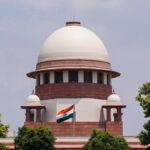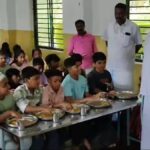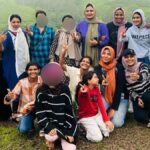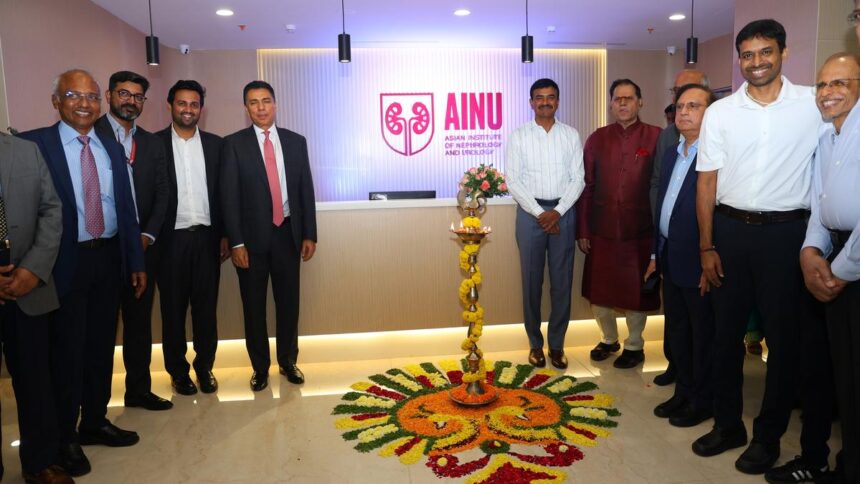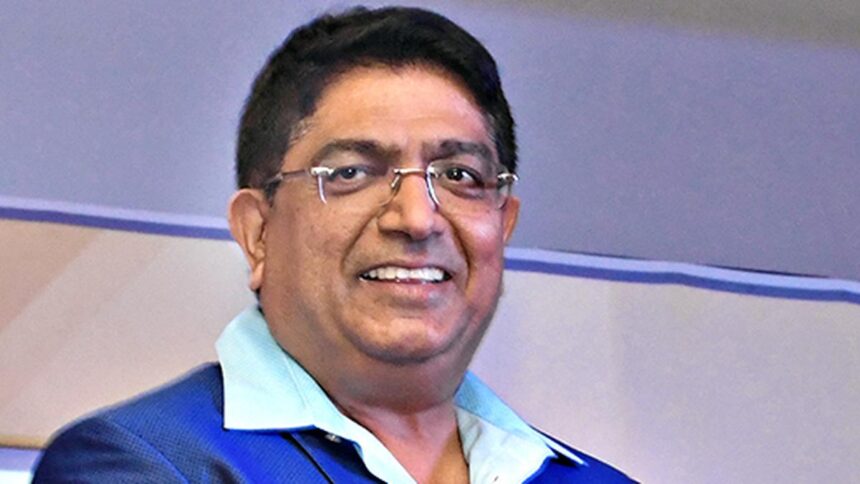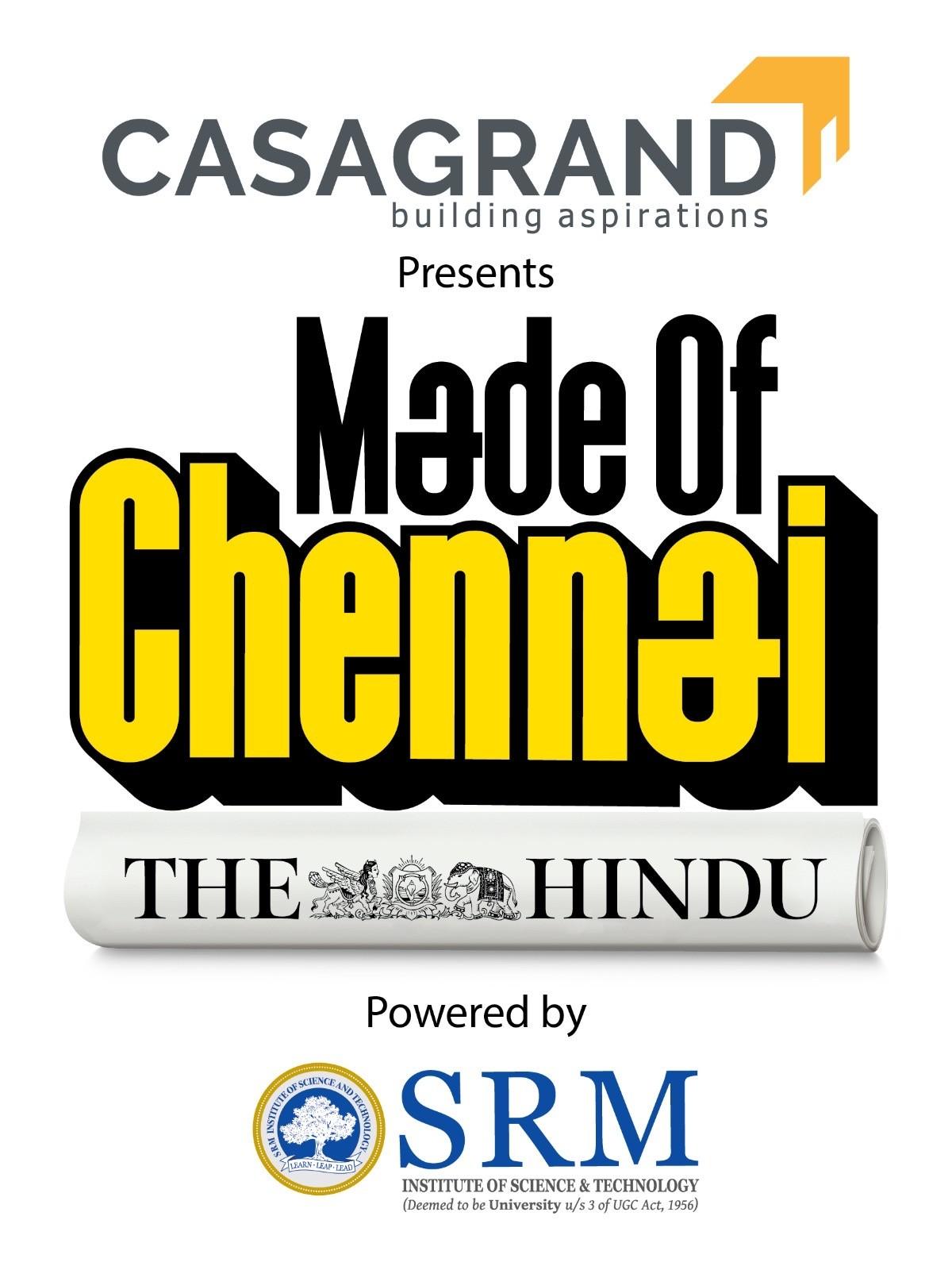
Before it was Chennai, Madras was already a meeting ground between the coast and hinterland, city and village, classical and folk.
For decades, folk artists from regions such as Madurai, Thanjavur, and Ramanathapuram have brought their songs, dances, and stories into the city, turning Madras into a stage for Tamil Nadu’s rural traditions. Even in the most urban of its public spaces, the city has made room for voices from the countryside.
While some forms, such as therukoothu, thappattam, and especially gaana, grew organically within the city, thriving particularly among working-class communities, others such as karagattam, oyilattam, villupattu, and bommalattam, reached the city from the countryside.
Once performed during village festivals or temple functions, these art forms found new life in the city’s sabhas, schools, cultural festivals, and public spaces.
This process of elevating rural folk arts within the city began in the 1950s. In an article dated November 28, 1955, in The Hindu, E. Krishna Iyer, secretary of the Madras State Sangita Nataka Sangam, wrote of the organisation’s efforts to conduct a comprehensive survey of classical and folk arts across the State.
He noted the importance of bringing to light rare and interesting performances tucked away in the State’s ‘nooks and corners, and expressed hope that the development of these arts would help the masses “enliven and enrich their lives by participating in them, rather than being mere spectators.”
On April 22, 1957, an article announced the second All-Madras Folk Dance Festival at N.K.T. Kalamandapam in Triplicane. The festival was to include 20 varieties of folk music and dance presented by about 150 artistes. While Tamil forms were at the centre, the event also opened its stage to Kerala’s martial dances from Ambalapuzha and the comic solo theatre of Ottam Thullal, and Andhra’s shadow puppetry.
By this time, Madras was already positioning itself as a platform where folk forms from across South India could meet, and be appreciated by urban audiences. Through the 1960s and 1970s, this idea had taken deeper root.
In the subsequent decades, even as folk arts began to struggle for attention amid the pull of television, cinema, and globalised pop culture, Madras continued to offer moments of spotlight.
The Chennai Sangamam festival, launched in 2007, helped bring greater visibility to hundreds of folk artists across Tamil Nadu. In an article published in The Hindu on January 12, 2023, Kanimozhi Karunanidhi, Member of Parliament and the driving force behind the week-long festival, said its purpose was to revive and re-imagine traditional Tamil arts in a way that resonates with contemporary audiences.
Perhaps, it is the introduction of new themes or the unique allure of these traditional art forms that is drawing in urban audiences.
Murugachandran, a Tholpavaikoothu artiste from a nomadic family, now settled in Kanniyakumari, observes a growing interest towards rural art forms in Chennai over the past few years. “Schools, family functions, and even apartment associations invite me to perform,” he says. Tholpavaikoothu, a traditional shadow puppetry art form practiced in Kerala and southern Tamil Nadu, involves the use of leather puppets and is traditionally performed in temples or during community gatherings.
Today, several forums in the city are opening up to traditional arts, one notable example being IDAM, an art and cultural space in Kodambakkam. Founded by Vetri MV, IDAM has evolved into a hub for workshops, performances, and storytelling sessions, aiming to bridge the gap between folk artists and the urban public.
Beyond performances, there is a need for researchers to document, says Anitha Pottamkulam, Director (Culture), Dakshina Chitra. “While it is important to make space for performances, it is equally important to focus on the research and documentation behind them,” she says.
Published – August 21, 2025 09:00 am IST



